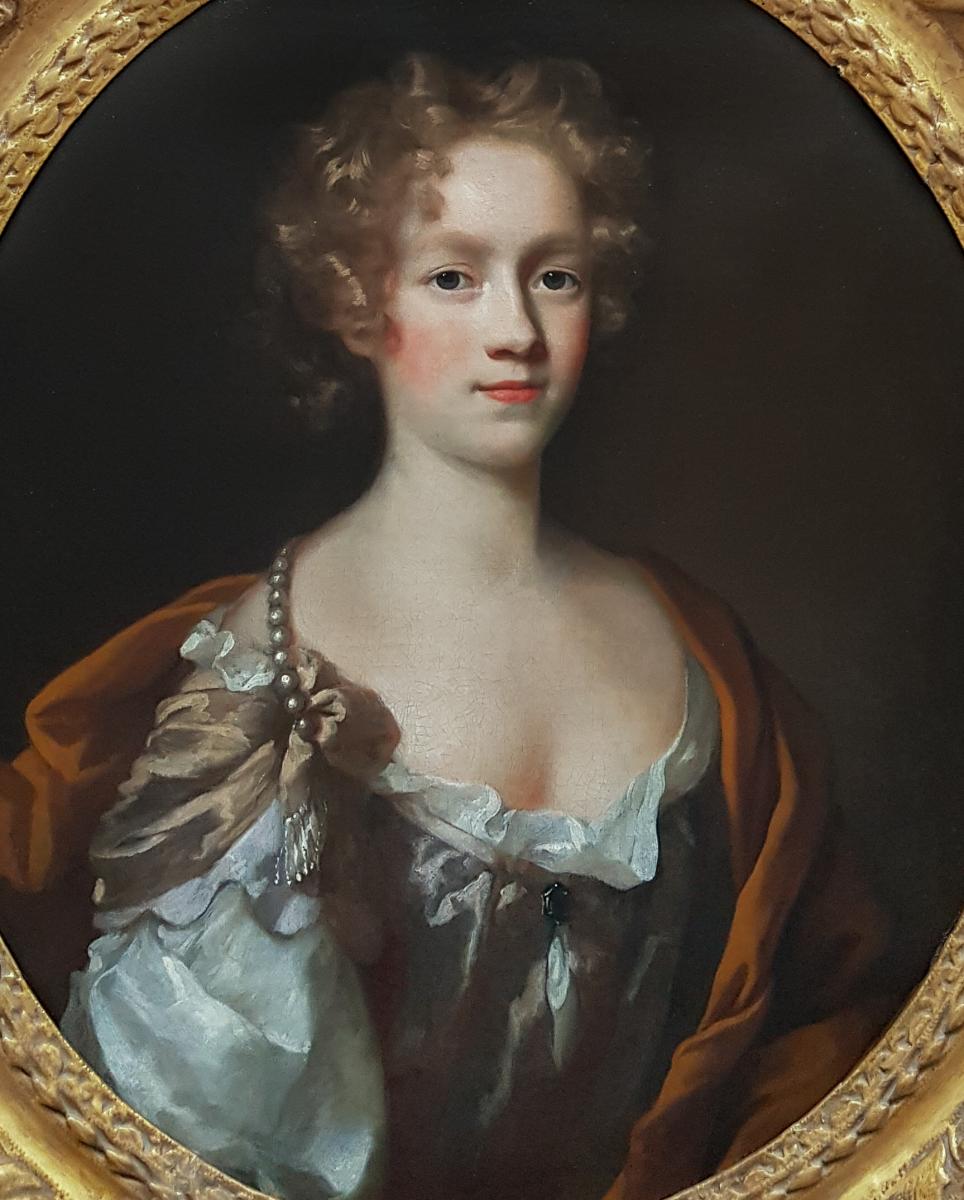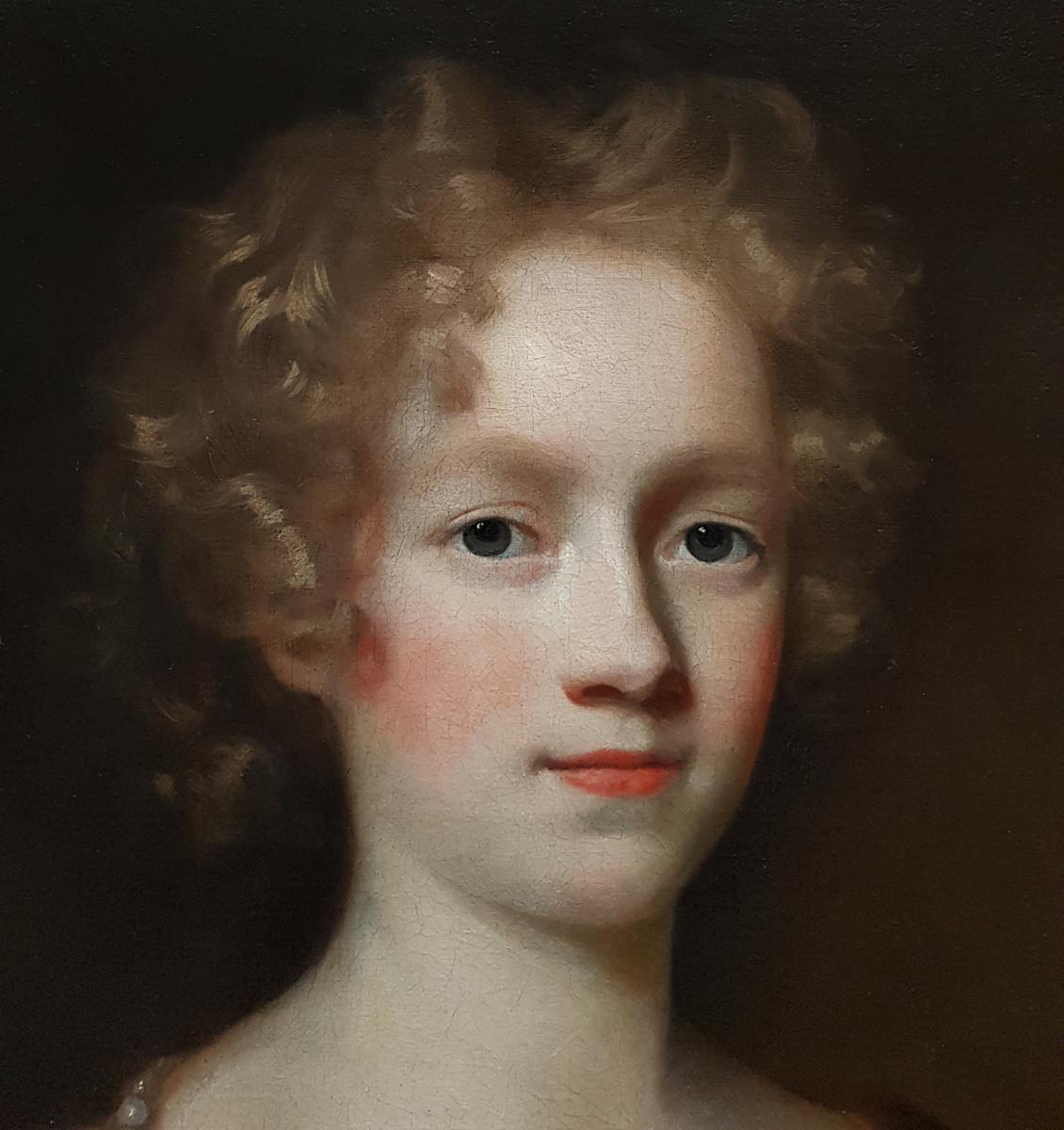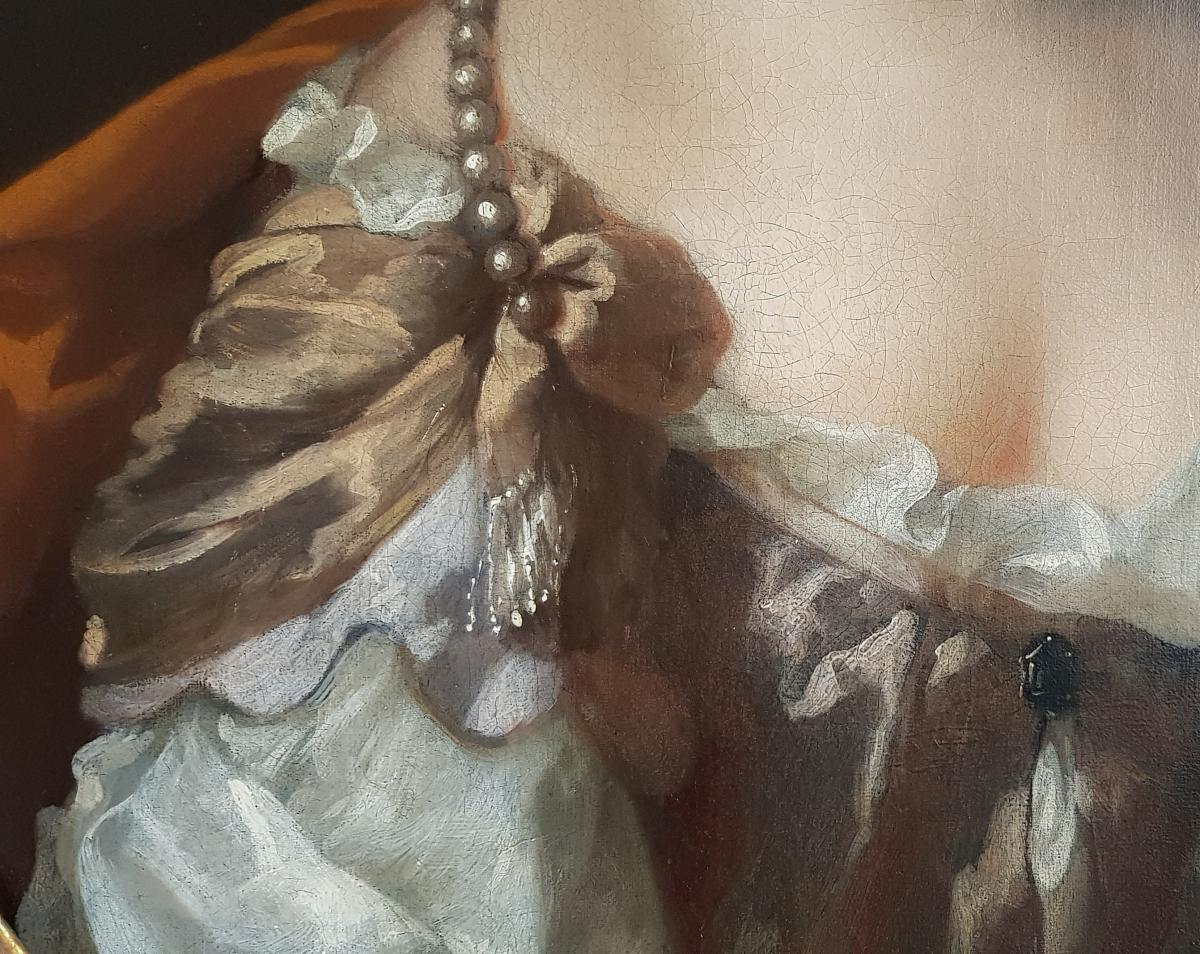"Portrait Of Elizabeth Goddard C.1670"
This exquisite portrait is an outstanding example of English portraiture from the 1670’s. It is said to represent Elizabeth Goddard, who came from a very successful family of merchants. It is remarkable for its sensitivity, its beauty, and for its portrayal of the sitter’s amiable and friendly character. The beautiful rendering of the face is a feature of the work of John Riley, who was an outstanding portrait painter amongst the legions of foreign painters who settled in England during the Restoration. It not hard to see why he was jointly appointed Principle Painter to King William III and Queen Mary.
Elizabeth (Smith) Goddard was born c.1642. She was a daughter of prominent land owner John Smith of South Tidworth, Hampshire and Mary, daughter of Sir Edmund Wright, Alderman of London. Her grandfather, Thomas, was a successful London merchant who in 1637 agreed to lay out £14,000 for the marriage of his eldest son, John, and his purchase in 1650 of neighbouring estates in North and South Tidworth, Wiltshire and Hampshire. John Smith and family appear to have divided their time in Tidworth and his father’s house in St. Mary Aldermanbury, London. Elizabeth and two of her sisters married Wiltshire gentleman, all MPs, and a fourth sister married the MP and Lord Mayor of London, Sir Samuel Dashwood. Her brother John Smith (c.1656-1723) was an eminent Whig politician under William III and Queen Anne (his son was also an MP).
Elizabeth married Edward Goddard (c.1640-1679) of Ogbourne St. Andrew, Wiltshire on 30th Dec 1668 - this portrait may have been commissioned to mark this occasion as was often the case. Edward came from a family which had held land in Wiltshire since the 13th century. According to the Collectanea Topographica et Genealogica 1838 the couple had at least six children (one was woman of the bedchamber to Princess Caroline, afterwards Queen of Denmark). Edward died in 1679 and Elizabeth married again, her surname became Ryder, but he died before 1686.
John Riley was born in London in 1646. His father was Lancaster Herald of Arms in Ordinary which is an English officer of arms at the College of Arms in London, began in 1347. He began practising painting at a young age and was probably independently wealthy at this time. He studied painting under Isaac Fuller and Gerard Soest, but left them to set up his own practice as a portraitist when he was very young. He became a fashionable society portrait painter. At the height of his success in the 1680s, Riley charged around £20 for a three-quarter length portrait (described as half-length in the seventeenth century), a considerable amount of money at the time.
Riley was particularly skilled at rendering the sitter’s heads whilst leaving the draperies to his studio assistants. In about 1681 Riley engaged as his drapery painter and partner the painter John Closterman (who claimed half the cost of each three quarter and full length portrait). The formal partnership was dissolved after a couple of years, but Closterman continued to work and to live with Riley, and finished several of his pictures after his death. Riley also employed Lely's drapery painter, John Baptist Gaspars. He was appointed Principal Painter to the King in 1688.
This portrait is a fine example of the sophisticated and unassuming style of John Riley. Contained in a fine gilded period frame bearing the label of George Hughes, a picture restorer and art dealer, active in Pilgrim Street, Newcastle prior to WW2.
Provenance: Private UK collection
Measurements: Height 95cm, Width 84cm framed (Height 37.5”, Width 33” framed) 


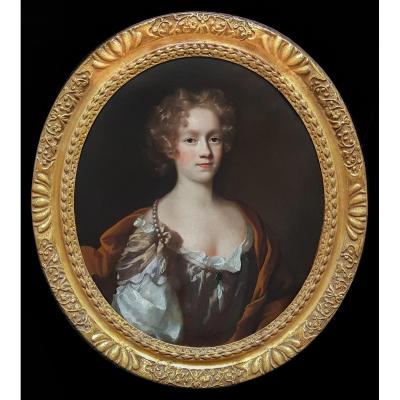
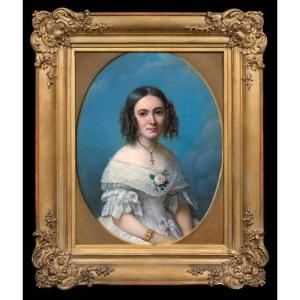
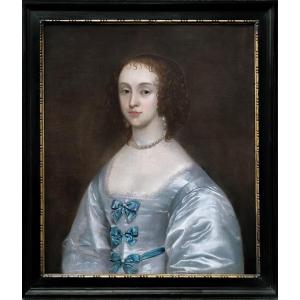
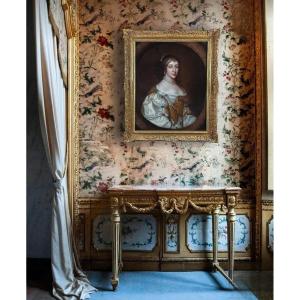

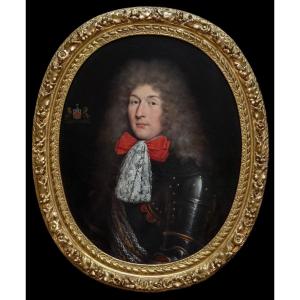
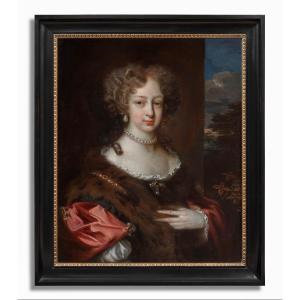
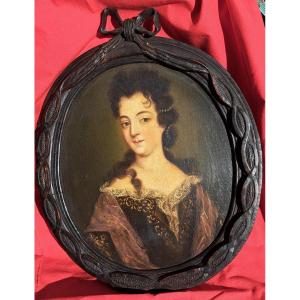

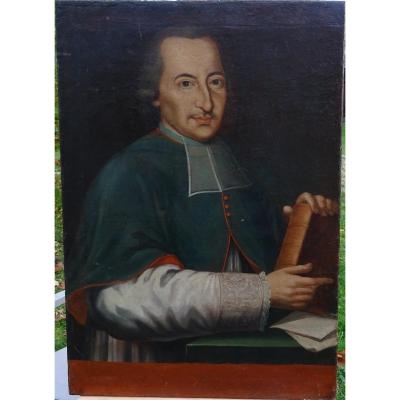

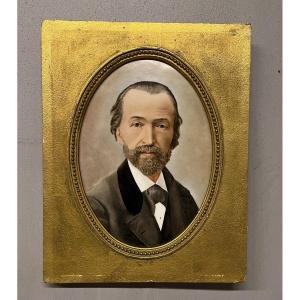





 Le Magazine
Le Magazine Rivista Artiquariato
Rivista Artiquariato TRÉSORS magazine
TRÉSORS magazine

